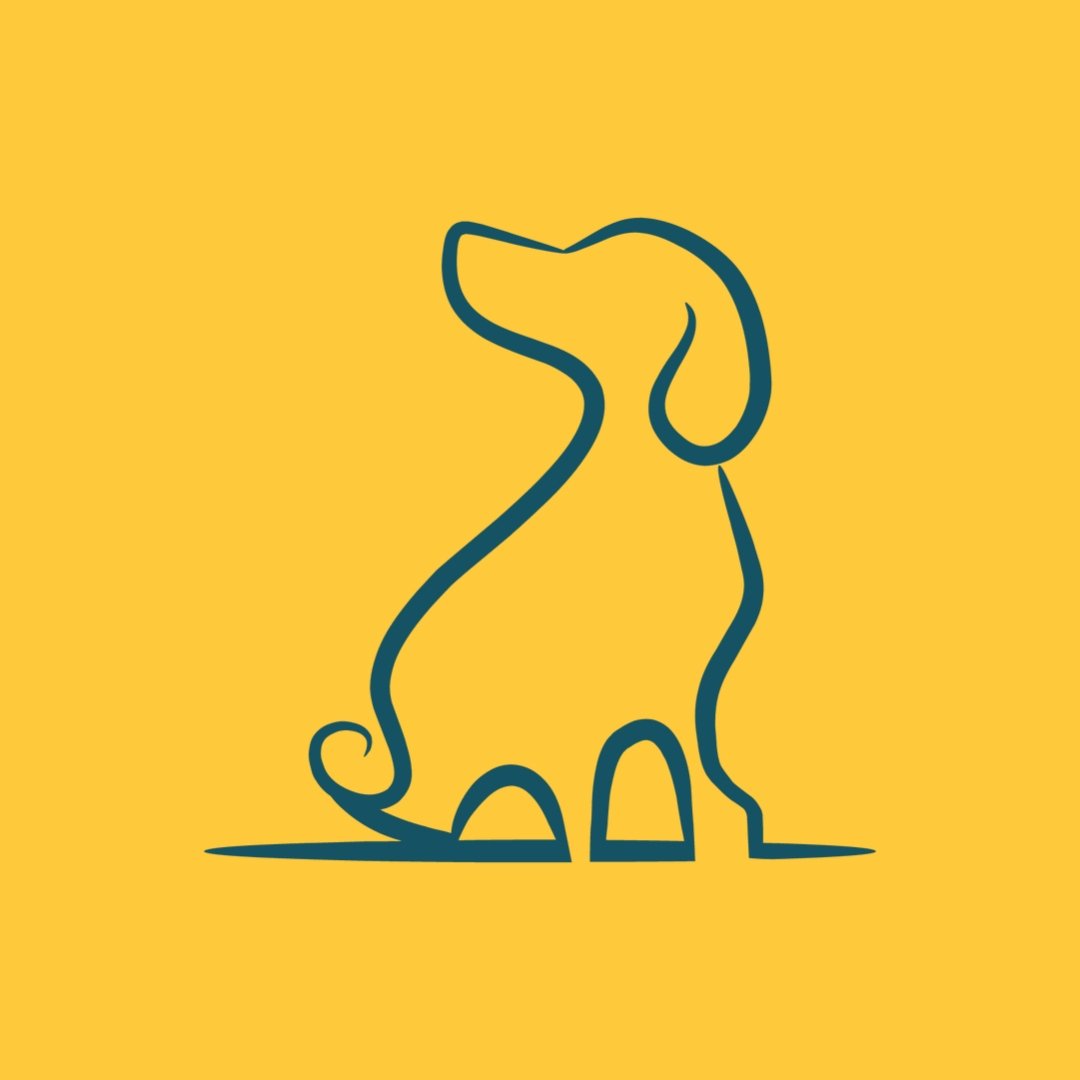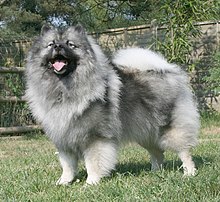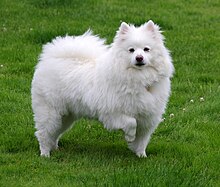
The Pomeranian, recognized for its fluffy, vibrant coat and spirited character, hails from the Pomerania region, bridging modern-day Poland and Germany. Often described as a “small dog with a big personality,” this toy breed boasts a lively demeanor and an unmistakable, lion-like mane. Pomeranians, despite their petite stature, often carry themselves with confidence and can be both playful and alert. Their coat, which can come in a spectrum of colors from orange to blue to chocolate, requires regular grooming to maintain its iconic puffiness.
The Pomeranian is a member of the AKC Toy Group.
Breed Characteristics
| Dog Breed | Pomeranian |
| Breed Popularity (AKC) | 23 |
| Country of Origin | Germany |
| Personality | Playful, energetic, intelligent, good-natured |
| Life Expectancy | 12-16 yrs |
| Height | 6-7 in |
| Weight | 3-7 lbs |
| Color | Orange, Sable, Black |
| Coat | Long double |
| Shedding | Seasonal |
| Grooming | 2-3 Times a Week Brushing |
| Health Problems | Dental problems, eye problems, obesity |
| Trainability | Agreeable |
| Exercise Needs | Regular Exercise |
Pomeranian History
The Pomeranian, named after the Pomerania region in Poland and Germany, is descended from large sled dogs used in the Arctic region. Over centuries, they were bred down in size but retained their spitz-like appearance. By the 18th century, they had captured the admiration of European royalty, most notably Queen Victoria, who played a significant role in reducing the breed’s size to its current form.
Temperament
Pomeranians are small dogs with a bold personality. Their energy level is surprisingly high, often displaying playful and spirited behavior. They are intelligent, but their independent nature can sometimes make training a challenge. Barking tendencies are notable, often using their voice to alert their families or seek attention. They are affectionate and crave human interaction but can be wary of strangers or larger dogs. Early socialization helps them adapt better and reduces any aggressive tendencies. Despite their small stature, they can be quite protective of their loved ones.
Remember, while breed traits provide a general idea, individual dogs can have personalities that differ from the breed standard. Always spend time getting to know the dog and ensure their needs and temperament align with your lifestyle.
Grooming Requirements
Pomeranians have a thick, fluffy double coat that requires regular brushing to prevent tangling and matting. Their small size doesn’t mean less grooming! Bathing should be done as needed using a gentle dog shampoo. Regular grooming practices like nail trimming and ear checks are essential for this toy breed.
Pomeranian Health
Pomeranians, living 12-16 years, need consistent vaccinations. Due to their small size, they can be prone to dental overcrowding and related dental issues. They can also face hereditary heart conditions. A nutrient-rich diet tailored for smaller breeds, along with limited treats, is recommended.
Exercise Needs
Pomeranians, with their spirited and lively disposition, benefit from daily walks and playful bonding sessions. While they might enjoy a game of fetch indoors or in a yard, their small size means they should be monitored closely during exercise and play. A trip to the dog park can be a fun outing, but always be cautious due to their petite stature.
Training
Pomeranians, with their bubbly and confident nature, benefit from early obedience training. Using positive reinforcement and clear commands can make potty training effective. Crate training offers a secure environment for this toy breed. Addressing behavior problems, especially their occasional stubbornness, ensures they remain charming companions. Socialization from a young age ensures they don’t develop ‘small dog syndrome’.
Pomeranian Pictures
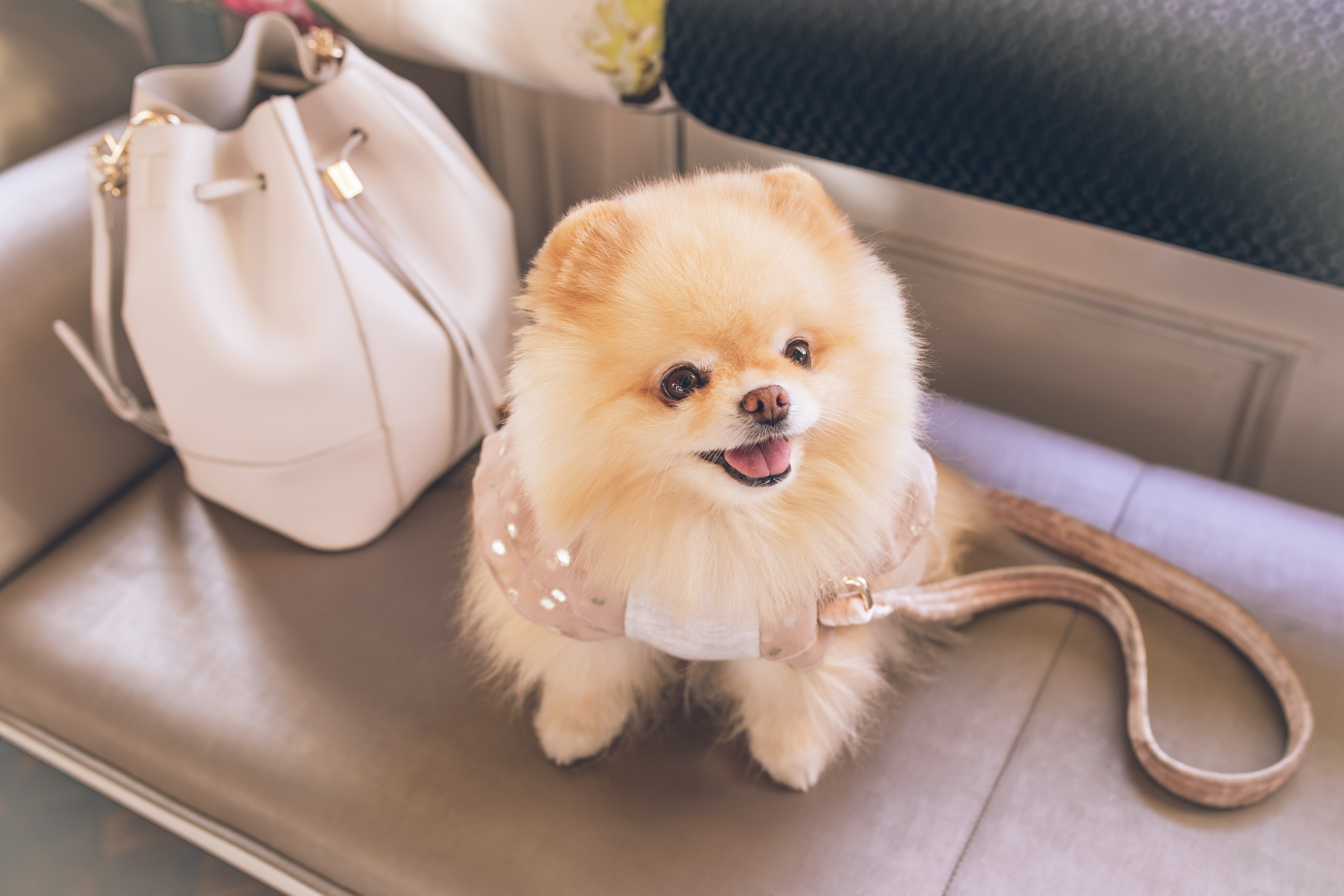
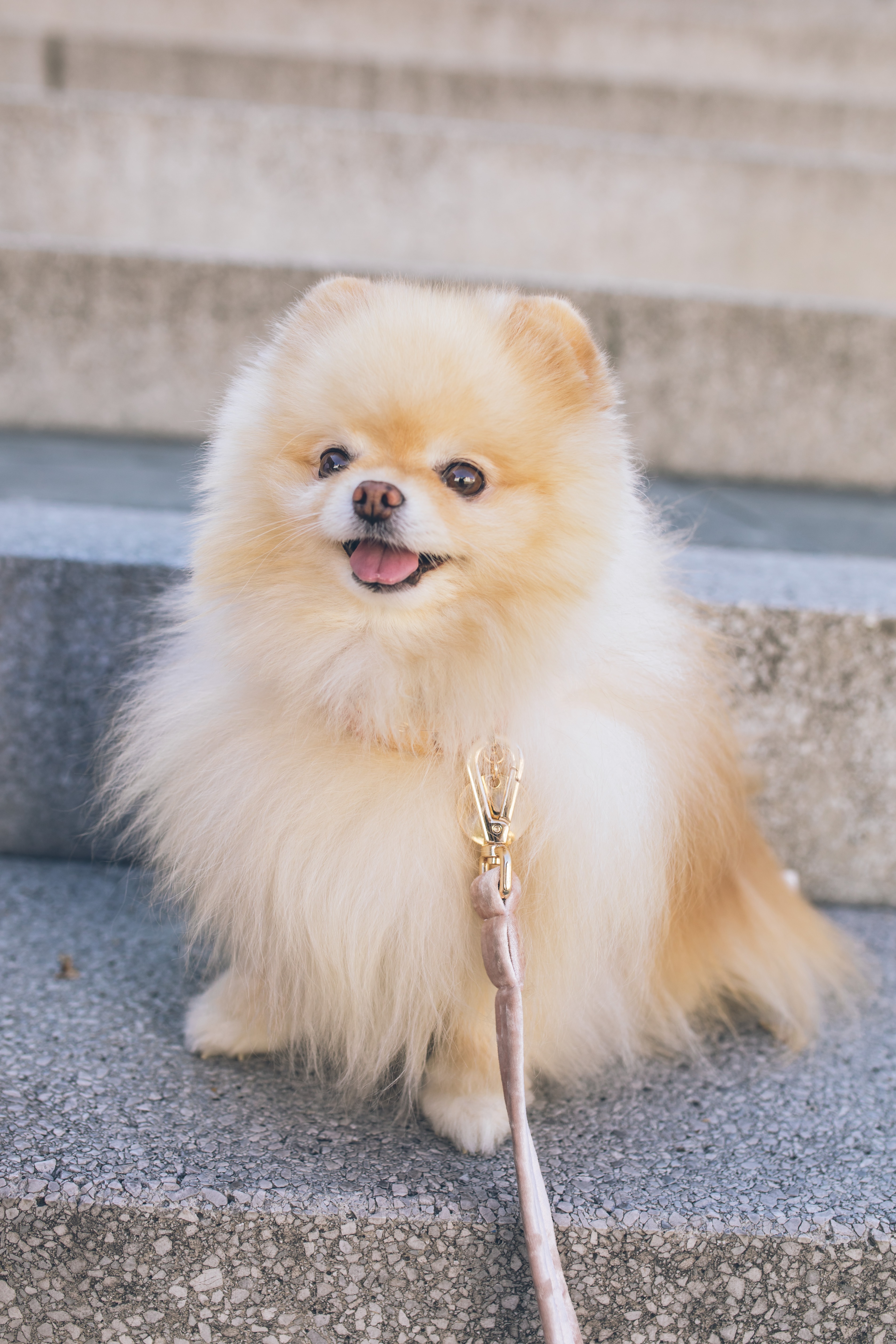
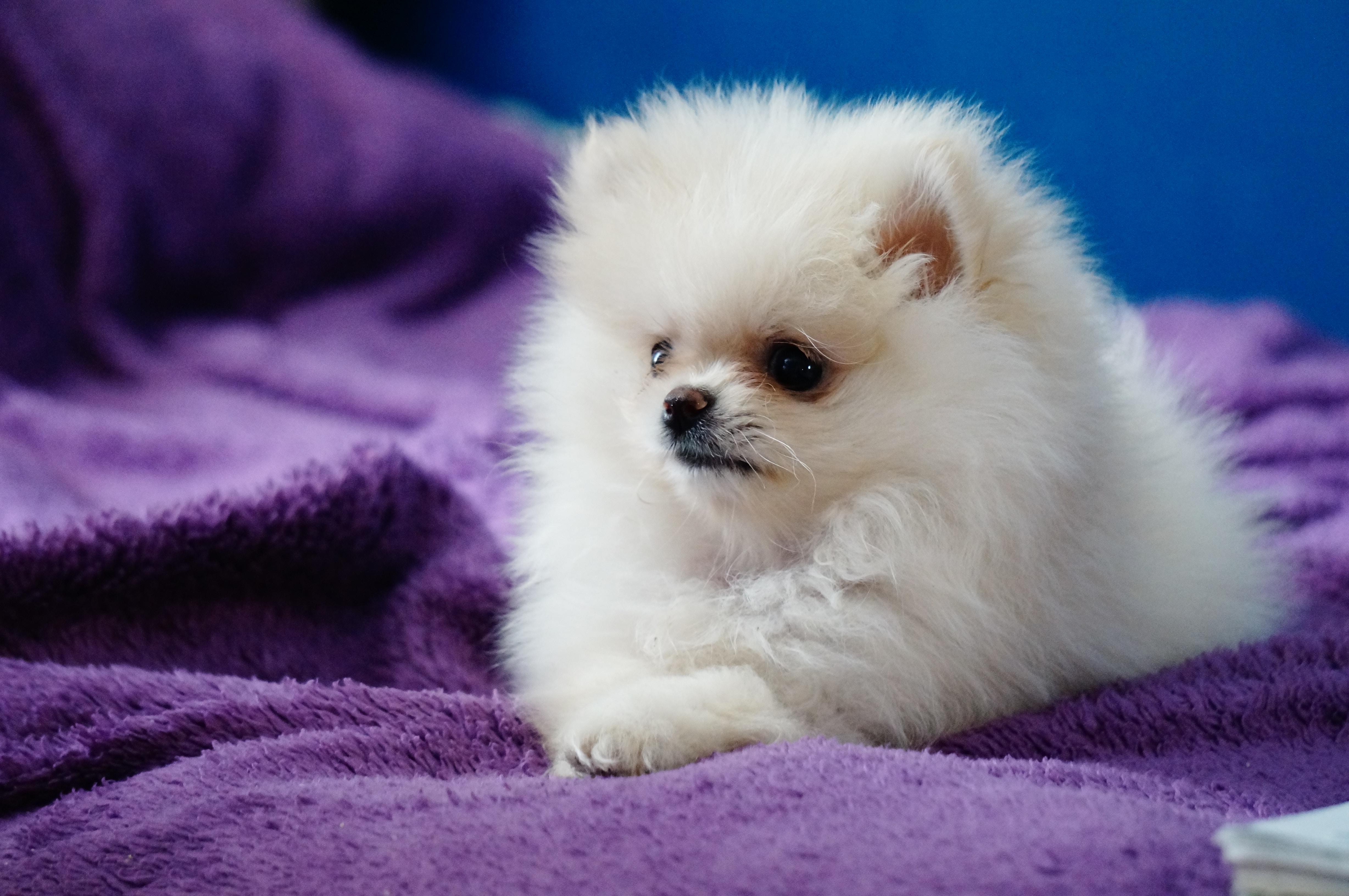
Related Dog Breeds
More Dog Resources
Are you thinking about getting a puppy? Make sure to check out our list of important questions to ask before you adopt a puppy.
We also have many resources to help, from naming your puppy to socialization resources and training tips.
Take me back to the Ultimate Guide to Dog Breeds
